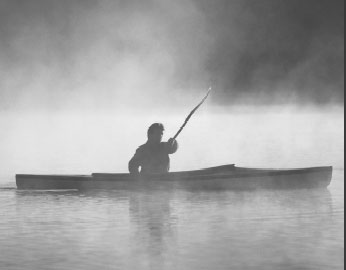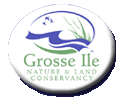

Vol. 19 No. 1
Spring is a natural resurrection, an experience in immortality -Henry David Thoreau
In this issue...
Reflections from the President
Celebration for the Gibraltar Bay Unit of the Detroit River International Refuge
2010 GI Conservationist of the Year Award
Second Sundays at the Wildlife Refuge/Nature Area
Michigan Amphibians and Mudpuppies Survey
Small Machines - Big Polluters
Upcoming Events...
May 1
Earth Day
1PM to 4PM
Centennial Farm
Contact Liz Hugel
734-552-8950
May 13
Habitat for Learning Workday
8AM to 4PM
Parke Lane Elementary
Contact Courtney Solenberger-McNeill
734-692-5007
Nature Area Open
Every Sunday
1-4PM, May 8 to Oct. 30
May 15
Interpretive Nature Walk
1PM to 4PM
Nature Area
Contact Courtney Solenberger-McNeill
734-692-5007
November 5
Annual Meeting
10AM to 11:30AM
Centennial Farm
Second Sundays at the Wildlife Refuge/Nature Area
Also using funds from the Colina Foundation, a “get outdoors” wildlife program for children, families and the community was held on three Second Sundays this year at the Gibraltar Bay Unit of the Detroit River International Wildlife Refuge at the Grosse Ile Nature Area. Natalie Ray, a UM-Dearborn graduate in Environmental Studies hosted interpretive walks which varied with the changes in the seasons.
In March, visitors were able to view how Mother Nature was preparing for spring. Natalie emphasized that spring had already started for many of our local animals, even though, officially not spring yet. The most obvious sign—at least 30 majestic, graceful and beautiful Great Blue Herons gathering in their rookery site (nowhere to be seen in February).
The children could hear some of the returning migrants. Red-winged Blackbirds were calling and claiming their nesting territories. Though sighting robins is often thought a sign of spring, robins are not real migrants. Not all fly south. We don’t see them in the winter because they move to places nearby that have their main winter food — wild berries.
With the thaw, the birds return to our neighborhoods to start searching for summer food — worms. A Redwinged Blackbird or a Common Grackle, both indicate spring, spending the winter in the southern U.S. and returning late winter.
When the weather warms we expect that things get easier for the animals, which have already made it through the coldest, harshest time of year. However, early spring is the most challenging time for them because their winter food resources are almost gone, but no new food is available yet (greens, fruits, insects). We saw evidence of a hungry squirrel that was digging to look for buried nuts.
